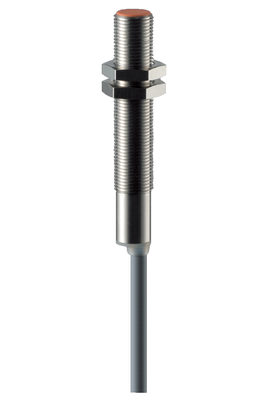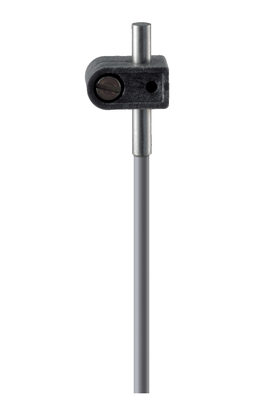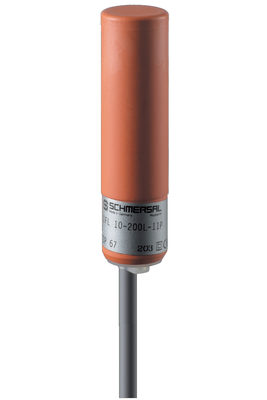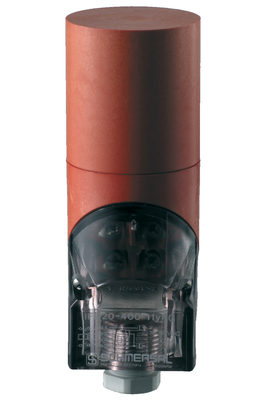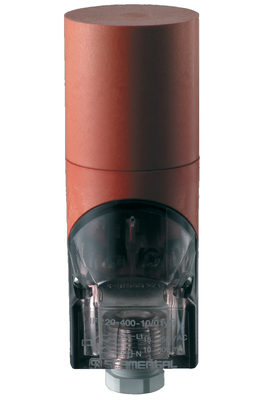Archive

Other
Certificates
Ambient temperature, maximum
Ambient temperature, minimum
Archive
Archive
Archive
Archive
Archive
Archive
Archive
Archive
Archive
Archive
Archive
Archive
System components
Housing construction form: cylinder, smooth
Housing construction form: Block
Housing construction form: cylinder, thread
.png?id=497683c97d2c2689df20070a5453bdbb)

